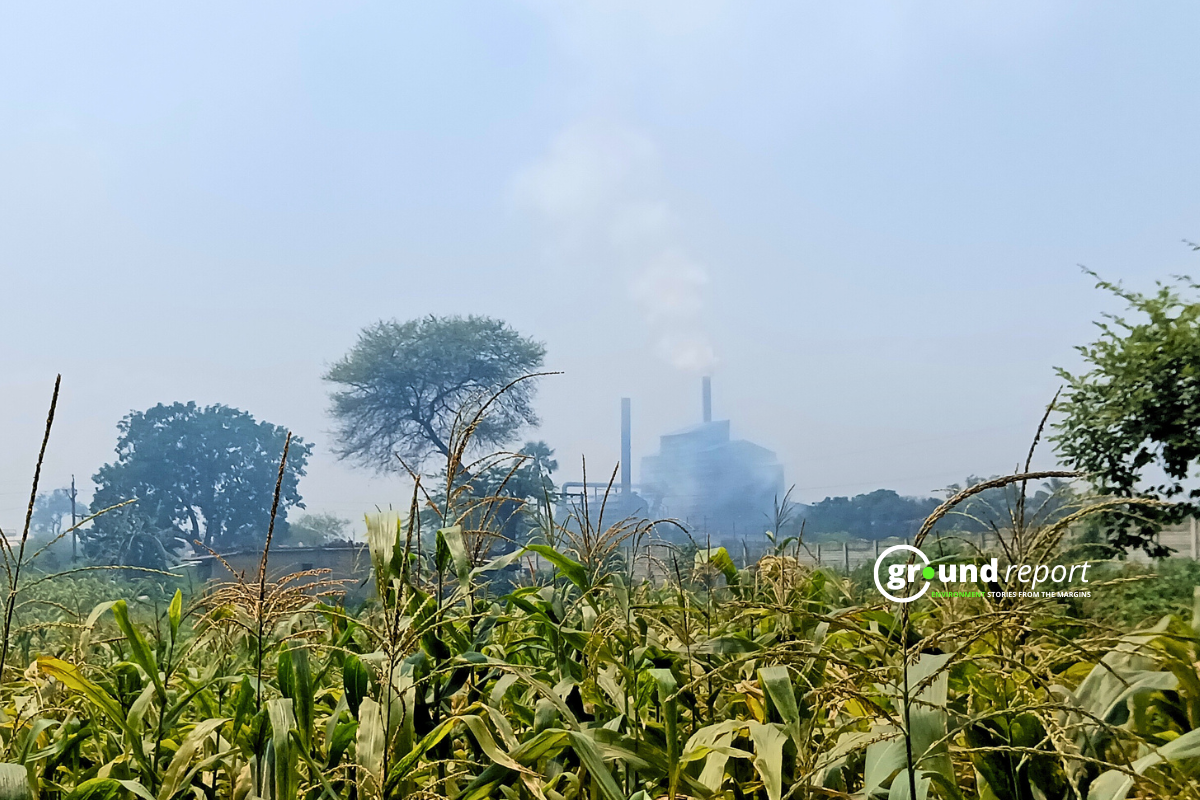The International Energy Agency (IEA) recently stated that the rapid expansion of clean energy technology manufacturing is expected to drive an increase in green energy production and capacity, bringing the world closer to meeting demand levels in the Scenario of Net Zero Emissions (NZE).
Investments in clean technologies, including renewable energy, electric vehicles and low-emission fuels, are projected to reach $1.7 trillion this year, surpassing the $1 trillion investment in fossil fuel projects.
The increase in global spending on clean energy is attributed to a strong rebound in economic growth following the Covid-19 pandemic and effective policies such as the US Inflation Reduction Act. Factors such as the war in Ukraine and the Rising fossil fuel prices have created momentum in the renewable sector, particularly in solar and wind power.
Solar power remains one of the fastest-growing sources of clean energy, with investments expected to exceed spending on oil production for the first time this year. Global solar photovoltaic (PV) manufacturing capacity grew by almost 40% in 2022, reaching around 640 GW, with China accounting for 90% of global manufacturing.
Battery manufacturing is also on the rise, and if all announced projects come to fruition, these green technologies could cover most of the global deployment needs for the NZE Scenario by 2030.
However, wind and heat pump manufacturing saw slower growth last year, leaving a significant gap between forecast production and NZE Scenario requirements.
The IEA predicts that renewable energy will dominate global electricity demand through 2025, with the power sector approaching a tipping point in carbon dioxide emissions. The Asian region, particularly China, India and Southeast Asia, will drive a significant increase in electricity demand.
Several key findings
- Project Announcement Acceleration: New manufacturing projects are being announced at an impressive rate. Since the IEA’s previous analysis in 2022, projected 2030 output from announced projects has seen substantial increases, with solar PV up to 60%, batteries by about a quarter, and electrolysers by around 20%.
- Solid growth in manufacturing capacity: The latest data available for the end of 2022 reveals strong year-on-year growth in installed manufacturing capacity. Batteries lead the way with a notable increase of 72%, followed by solar PV with 39%, electrolyzers with 26% and heat pumps with 13%. Wind production capacity experienced a more modest growth of approximately 2%.
- Solar PV Exceeded Potential: If all the announced projects were to come to fruition, solar PV manufacturing capacity would comfortably exceed the implementation needs of the IEA Net Zero Emissions by 2050 (NZE) Scenario by 2030. Even with just the Half of the new capacity used (based on an average utilization rate of just over 40% in 2022), would still be sufficient to meet the demand levels outlined in the NZE Scenario.
- Battery Manufacturing Meets Most Deployment Needs: For the first time, projects announced for battery manufacturing capacity have the potential to meet nearly all 2030 global deployment needs under the NZE scenario. However, significant gaps remain for wind power (representing less than 30% of implementation levels), electrolysers (just over 60%) and heat pumps (just over 40%). However, short announcement and construction delivery times imply a positive outlook for these technologies.
- Portfolio Challenges: While the announced project portfolios for solar PV and batteries appear robust, a significant number of these projects have yet to begin construction or reach a final investment decision. Currently, only about 25% of announced solar PV projects and 30% of battery projects can be considered committed.
- Geographic Concentration: Manufacturing operations in the clean energy technology sector are highly concentrated geographically. Currently, four countries and the European Union represent 80-90% of the global manufacturing capacity in solar photovoltaic, wind, batteries, electrolysers and heat pumps. China alone has between 40% and 80% of the capacity of these technologies. If all the announced projects are carried out, these participations would change to 70-95% and 30-80%, respectively.
- Policy Impacts: Major policy announcements, such as the Inflation Reduction Act in the United States, are already diversifying supply chains. This is evident in the planned significant increase in battery manufacturing capacity in the US. In Europe, the full impacts of the Net Zero Industry Act are still being assessed.
- Projected Production vs. Market Size: In monetary terms, the projected production of the announced manufacturing capacity for the five key clean technologies ($790 billion per year) now exceeds the market size for their demand ($640 billion) by 2030. This scenario assumes that governments implement their announced climate commitments on time and in full, known as the Announced Commitments Scenario (APS).
- China and regional self-sufficiency: China is positioned to capture about 65% ($500 billion) of projected global cleantech manufacturing capacity by 2030. Unless China’s domestic cleantech deployment exceeds projections for APS, more than two-thirds of this production would have to find export markets. The European Union, with its existing and announced projects, is on track to meet all its domestic needs for batteries, electrolysers, and heat pumps in the APS by 2030. Similarly, the United States could achieve virtual self-sufficiency in batteries by 2030, based on the latest project announcements.
According to the IEA report, the global market for five clean technologies, including solar PV, wind, batteries, heat pumps, and electrolyzers, is expected to reach $790 billion a year by 2030 if all projects are realized. announced.
Solar PV and battery manufacturing capacities are projected to meet or exceed net-zero emissions targets set for 2050 and 2030, respectively. However, wind power, heat pumps and electrolysers still have a considerable gap to bridge between the announced projects and the net zero emissions scenario.
Support us to keep independent environmental journalism alive in India.
Keep Reading
What is Green Hydrogen? Could it change energy in South Asia?
Blue hydrogen is worst for climate: study
How Increasing space traffic threatens ozone layer?
Hydro Fuel Market: India’s current scenario and the future ahead
Natural Gas is a Misleading term, It is not Natural and clean at all
Follow Ground Report on X, Instagram and Facebook for environmental and underreported stories from the margins. Give us feedback on our email id greport2018@gmail.com.
Don’t forget to Subscribe to our weekly newsletter, Join our community on WhatsApp, and Follow our YouTube Channel for video stories.









